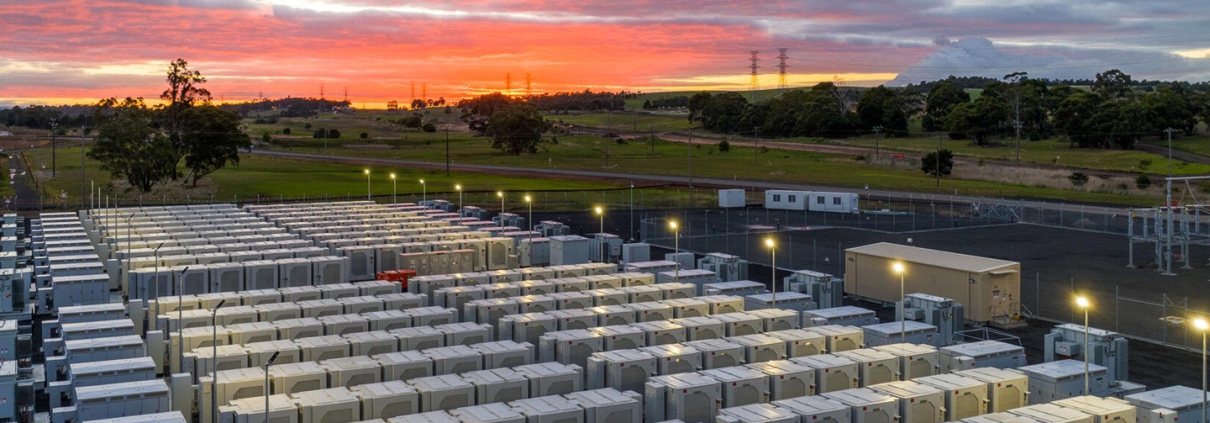How Much Does a Battery Energy Storage System Really Cost?
Introduction
Battery energy storage systems (BESS) have become essential in modern energy management, helping homeowners, businesses, and utilities optimize energy usage, support renewable integration, and enhance grid reliability. Whether for storing solar energy, managing peak loads, or providing backup power, one of the first questions potential users ask is: how much does a BESS really cost?
The total cost of a battery energy storage system depends on several factors, including battery type, system capacity, installation complexity, and long-term maintenance. This article explores cost considerations across residential, commercial, and utility-scale applications, helping you make an informed investment decision.
Factors That Affect BESS Cost
- Battery Type
The choice of battery technology significantly impacts system cost:
- Lithium-ion: Higher upfront cost but longer lifespan, higher efficiency, and lower maintenance.
- Lead-acid (AGM or Gel): Lower initial cost but shorter cycle life and higher maintenance requirements.
- Flow batteries: Used for large-scale applications; higher initial investment but can offer long-term cost benefits in certain industrial or utility scenarios.
- System Capacity and Power Rating
- Capacity (kWh) determines how much energy the system can store.
- Power rating (kW) defines how quickly energy can be delivered.
- Larger capacities and higher power ratings naturally increase costs.
- Balance-of-System Components
- Battery Management System (BMS): Ensures safe operation and prolongs battery life.
- Power Conversion System (PCS): Converts DC to AC for grid or facility use.
- Transformers, wiring, and protection equipment: Installation complexity adds to total cost.
- Installation and Labor
- Costs vary depending on location, system size, and required electrical work.
- Complex or large-scale installations generally require professional engineering and project management.
- Maintenance and Operational Costs
- Regular monitoring and maintenance prolong system life.
- Lithium systems usually require minimal maintenance, while lead-acid batteries need periodic checks and water refilling.
Typical Cost Ranges by Application
Residential BESS
- Capacity typically ranges from 5 kWh to 20 kWh.
- Estimated costs: $700–$1,200 per kWh installed, depending on battery type and installation complexity.
- Long-term savings come from peak shaving, self-consumption of solar energy, and backup power.
👉 Explore available residential solutions: Residential Energy Storage Systems.
Commercial / Industrial BESS
- Capacity ranges from 50 kWh to 500 kWh.
- Costs vary widely based on size and battery chemistry, generally $500–$1,000 per kWh installed.
- Additional benefits include demand charge management, energy cost reduction, and enhanced reliability.
👉 Check out commercial and industrial options: Commercial/Industrial BESS.
Utility-Scale BESS
- Typically MW-scale systems for grid support, renewable integration, or frequency regulation.
- Costs are influenced by system size, site conditions, and technology. Estimated $400–$800 per kWh installed.
- TCO must consider lifecycle, efficiency, and ancillary services revenue.
👉 Learn more about utility-scale systems: Utility BESS Solutions.
Cost Comparison: Different Battery Technologies
| Battery Type | Upfront Cost | Cycle Life | Efficiency | Maintenance |
| Lithium-ion | High | 4,000–8,000 cycles | 90–95% | Minimal |
| Lead-acid (AGM/Gel) | Low | 500–1,200 cycles | 70–85% | Moderate |
| Flow | High | 8,000–15,000 cycles | 65–80% | Moderate |
- Lithium-ion offers long-term savings despite higher initial costs.
- Lead-acid is cost-effective for low-capacity or budget-constrained projects.
- Flow batteries are advantageous for very large-scale or long-duration storage, particularly in utility applications.
Total Cost of Ownership (TCO) and ROI
Calculating BESS TCO involves:
- Initial investment (hardware + installation)
- Operational costs (maintenance, electricity losses)
- Savings or revenue:
- Peak shaving and energy arbitrage
- Integration with renewable generation
- Backup power cost avoidance
Example: A 10 kWh residential lithium BESS may cost $10,000–$12,000 installed. Over 10 years, savings on energy bills and avoided outages can offset 30–50% of this cost, depending on local electricity rates.
Trends in BESS Cost Reduction
- Technological advancements: Battery chemistry improvements and higher energy density reduce unit cost.
- Economies of scale: Larger projects and mass production bring down per-kWh costs.
- Policy incentives: Rebates and tax credits in many regions lower upfront investment for residential and commercial systems.
👉 For a deeper dive into system design and practical cost optimization strategies, see our guide: The Latest Trends and Practical Guide to Battery Energy Storage System Design.
Conclusion
The cost of a battery energy storage system depends on multiple factors including battery chemistry, system capacity, installation complexity, and intended application.
- Residential users may pay a premium per kWh but gain backup power, energy independence, and solar self-consumption.
- Commercial and industrial clients balance upfront investment with operational savings and peak demand reduction.
- Utility-scale projects require careful lifecycle analysis but benefit from economies of scale.
Ultimately, understanding both the initial investment and long-term total cost of ownership is essential for making an informed decision about deploying a BESS. Properly selected and maintained, a battery energy storage system can deliver reliable performance and significant energy cost savings over its lifetime.


